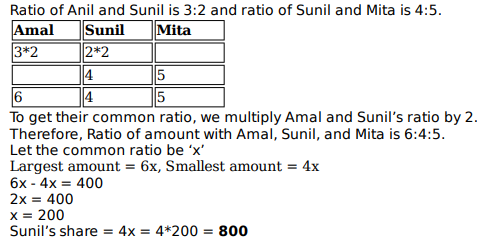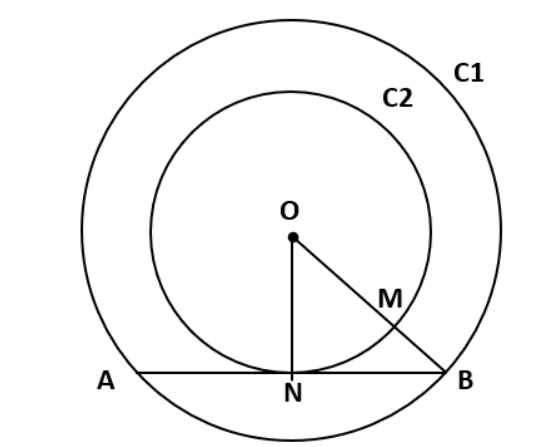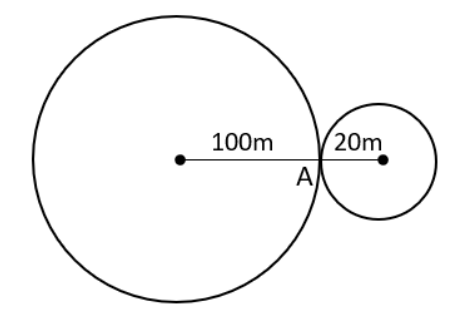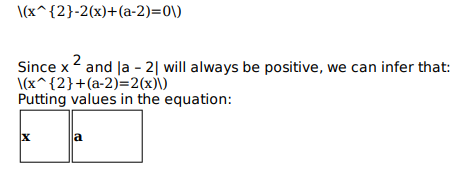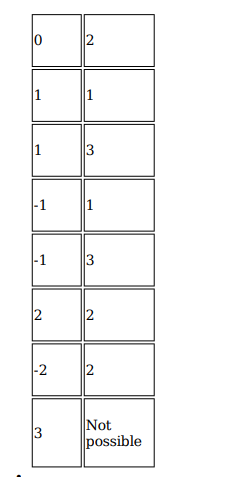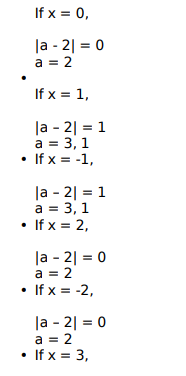Live Updates
• CATKing has launched new chat bot.

• New video on Logs has been released.
13.2K
Learners
asked the doubt

Previous Year Questions
How many 4-digit numbers, each greater than 1000 and each having all four digits distinct, are there with 7 coming before 3?
Video Explanation

Aron bought some pencils and sharpeners. Spending the same amount of money as Aron, Aditya bought twice as many pencils and 10 less sharpeners. If the cost of one sharpener is 2 more than the cost of a pencil, then the minimum possible number of pencils bought by Aron and Aditya together is
Video Explanation

In May, John bought the same amount of rice and the same amount of wheat as he had bought in April, but spent 150 more due to price increase of rice and wheat by 20% and 12%, respectively. If John had spent 450 on rice in April, then how much did he spend on wheat in May?
Video Explanation

A and B are two points on a straight line. Ram runs from A to B while Rahim runs from B to A. After crossing each other, Ram and Rahim reach their destinations in one minutes and four minutes, respectively. If they start at the same time, then the ratio of Ram's speed to Rahim's speed is
Video Explanation

Two circular tracks T1 and T2 of radii 100 m and 20 m, respectively touch at a point A. Starting from A at the same time, Ram and Rahim are walking on track T1 and track T2 at speeds 15 km/hr and 5 km/hr respectively. The number of full rounds that Ram will make before he meets Rahim again for the first time is
Video Explanation

In how many ways can a pair of integers (x , a) be chosen such that x2 − 2 | x | + | a - 2 | = 0 ?
Video Explanation

Previous year papers
2024
2023
2022
2021
2020
2019
2018

